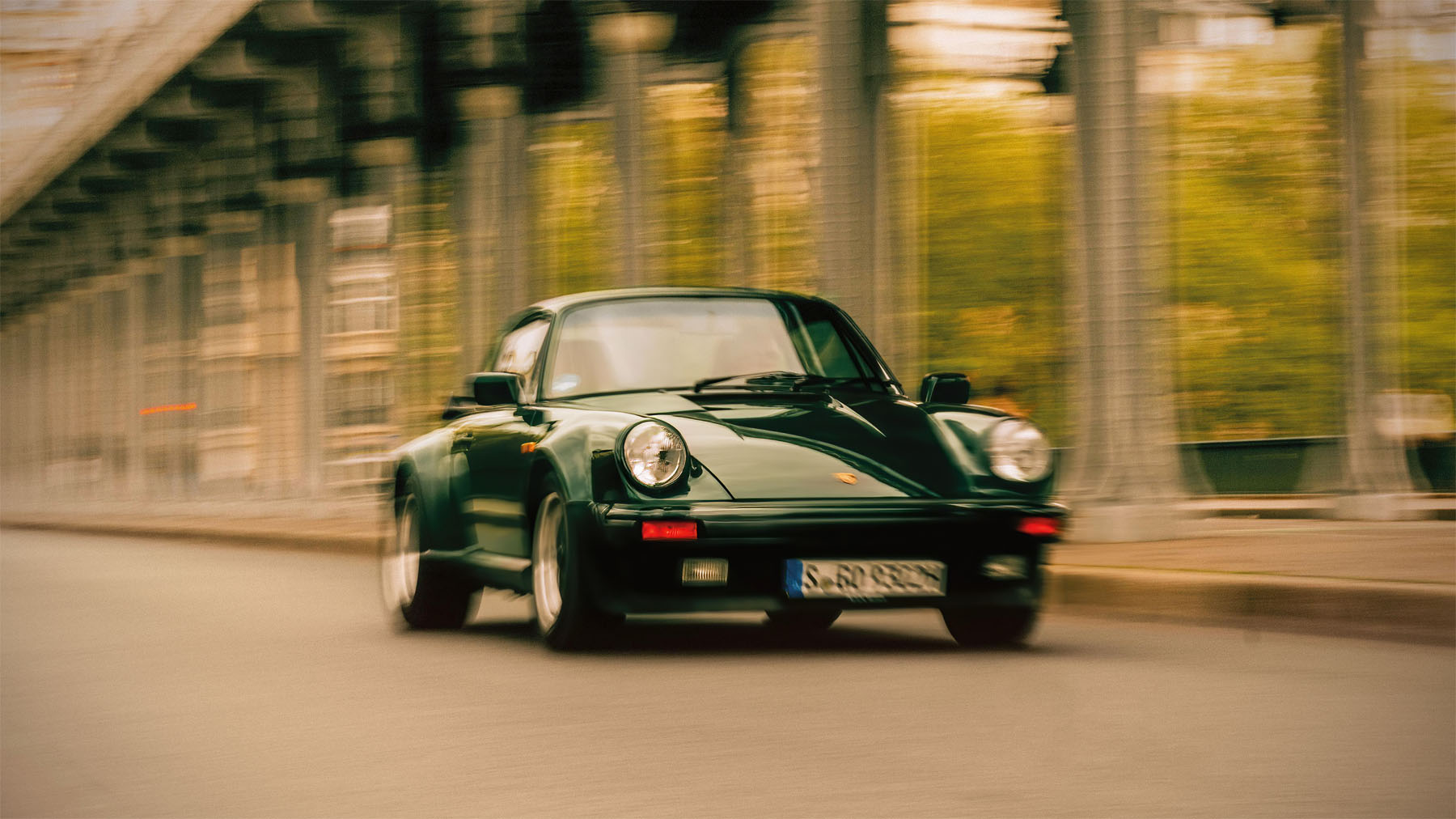The 1974 world premiere of the 911 Turbo at the Paris Motor Show caused a sensation. Half a century later, we return to a place that saw the dawning of a new era to tell a story of boldness, energy, and timeless elegance. The Champs-Élysées and the Élysée Palace are a stone’s throw away as we stroll where Paris is at its most stylish – très chic, one might say. An approving growl emanates from the rear. Level with the ignition on the left, a shop window suddenly appears framed in the color of our car. Eight gold letters tell us it’s the Givenchy fashion house.
Hubert de Givenchy coinvented the classic little black dress. This was just over a decade before the first Turbo, but the famous dress has aged well. A classic. Confident. Timeless. Thrilling. Not too extravagant but not overly simple either. While the spirit of the times can change instantly, it will forever be a great choice for virtually any occasion. But wait a minute – are we still talking about fashion here or are we now talking about the car? Either way, we’re talking about enduring appeal—and iconic style.
No Subscription? You’re missing out
Get immediate ad-free access to all our premium content.
Get Started



